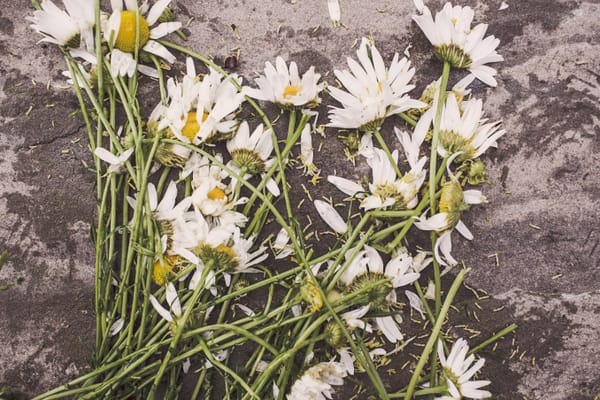Cacao - why I have it everyday

Cacao, derived from the Theobroma cacao tree, has been celebrated for its numerous health benefits. I have a small tea spoon every morning. I strongly recommend you do as well. Allow me to explain why.
Research has shown that cacao can have a positive impact on cardiovascular health. Specifically, cacao consumption has been linked to a reduction in the risk of cardiovascular diseases, including coronary heart disease and stroke. This is attributed to the presence of flavonoids in cacao, which have antioxidant properties and can improve endothelial function. Endothelial function is the manner in which the walls of your arteries behave, especially as the blood flows through them. This helps reduce blood pressure. Additionally, cacao has been found to have anti-inflammatory effects, which further contribute to its cardiovascular benefits.
Cacao has been recognised for its potential neuroprotective effects. Consuming cacao can enhance cognitive function, especially in elderly individuals with mild cognitive impairments. This is believed to be due to the flavonoid content in cacao, which can increase cerebral blood flow and promote neurogenesis in the hippocampus, a region of the brain associated with memory.
Furthermore, cacao has been linked to mood enhancement. It contains compounds that can increase the release of endorphins, the body's natural "feel-good" chemicals. This makes cacao a natural mood booster, helping to alleviate feelings of stress and depression. I can promise you that each morning when I have the cacao, it is like starting the day with a dessert.
Sources of Premium Cacao
When it comes to sourcing the best cacao, various regions have been recognised for their high-quality produce. The International Cocoa Gene Bank of Trinidad, for instance, conserves nearly 2500 accessions in its field collection, showcasing the rich diversity of cacao germplasm. This diversity is invaluable for breeding programmes aiming to produce superior cacao varieties.
Another region renowned for its cacao is Ecuador and Colombia. These areas are believed to be the true centres of wild cacao diversity. Bahia, in Brazil, has a rich history of cacao cultivation and has developed over 500 clones and three hybrids through its breeding programs. The cacao plants in Bahia have been recognised for their superior quality and tolerance to major diseases, making them ideal for tropical cacao plantations worldwide.
Optimal Ways to Consume Cacao
Cacao can be consumed in various forms, each offering a unique experience of its rich flavour and benefits. One traditional beverage from Oaxaca, Mexico, known as "tejate," is made from cacao. However, its preparation is labour-intensive, reflecting the deep cultural significance and traditional methods used in its creation.
Another popular way to consume cacao is in the form of chocolate. However, it's essential to choose dark chocolate with a high cacao content to maximise the health benefits. Over 70% is ideal. Mixing cacao from different origins can also enhance the flavour profile and meet specific quality standards.
For those looking to incorporate cacao into their daily diet, it can be added to smoothies or oatmeal. Using cacao nibs or cacao powder ensures that you're getting pure cacao without any added sugars or fillers.
Ritesh Bawri is the host of TheRiteshBawriShow, intelligent conversations to help you live the best life possible.





